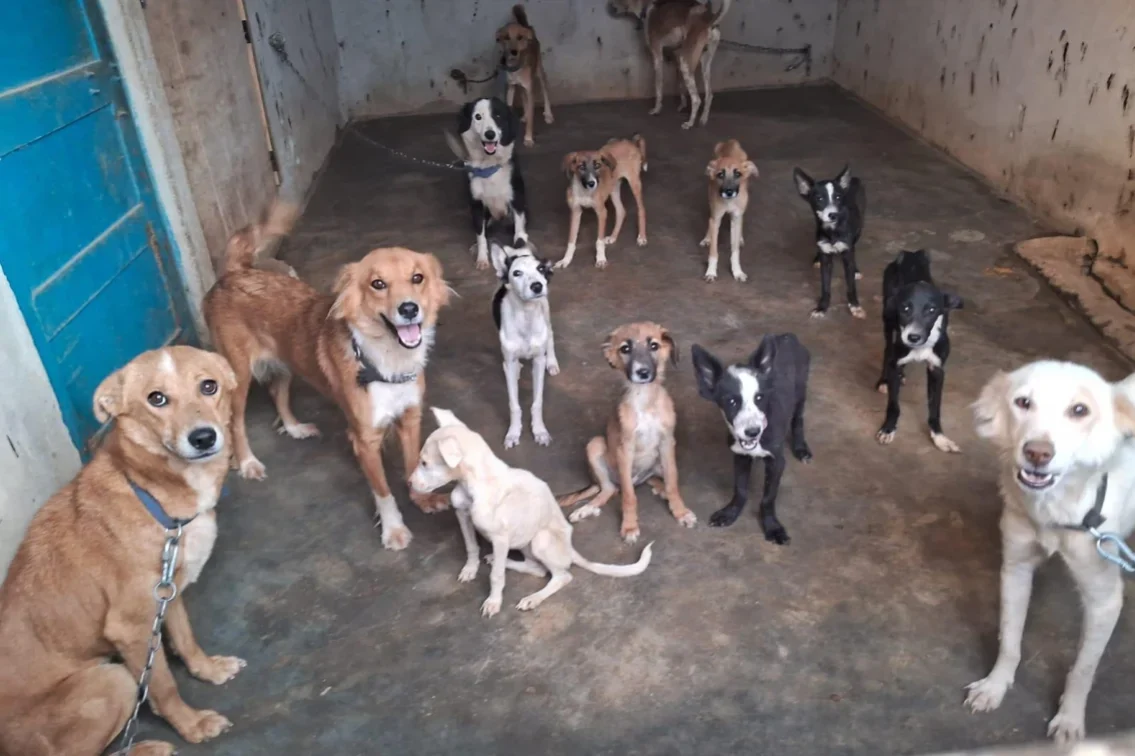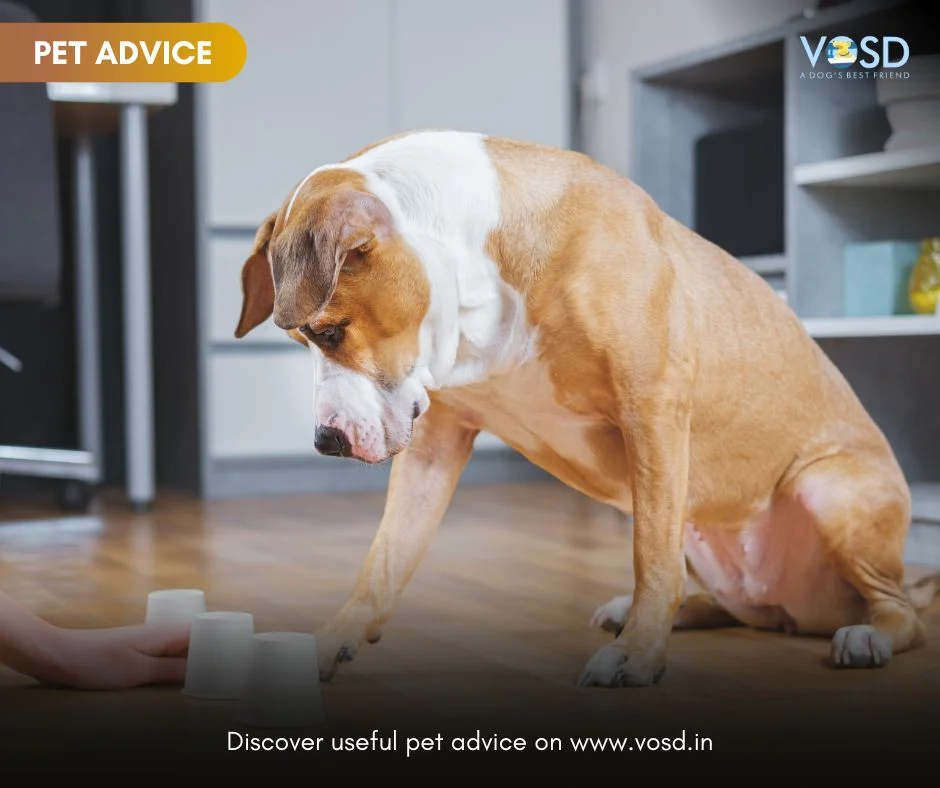Dogs come into contact with several substances and can eat many things that are toxic. If left untreated poisoning can be fatal and learning and treating it might save your dog someday. In this article, we discuss toxicity because of ingestion (not bites).
Causes
There are several opportunities for a dog to come into contact with various toxic substances it can eat! This can range from household substances such as raisins and chocolate and rat poison to substances such as mushrooms.
Alcoholic beverages, ammonia, battery acid, bleach, chocolate, detergents, drain cleaners, disinfectants, fertilizer, furniture polish, glue, grapes and raisins, human medications, metal polishes, mothballs, onions, paint thinners, rat poison, toilet cleaners… are few everyday substances that are dangerous for dogs.
Symptoms and Types
Poisoning will cause unexplained vomiting, diarrhea, and lethargy to the point of coma. Other common symptoms could include abnormal behavior, black – tarry stool, coughing, excessive thirst, decreased or absent urination, nosebleeds, discolored gums etc. How quickly your pet becomes ill depends upon how much your pet consumed and which poison is involved. Many toxins such as rat poisons cause delayed symptoms.
Diagnosis
At the first sign of poisoning talk to your vet and get the dog veterinary help. Only if real-time vet assistance is not available – go through the information here to keep the window open for your dog till help is available. Treatment recommended here is limited to removing as much as the toxin from the body as possible. Remember typical treatments are specific to the kind of toxic substance that has been ingested so please describe what was ingested by the dog to your vet. If this information is not available then specific treatment is given on appearance on symptoms.
Treatment
We’re dividing treatments here on what is required to keep the dog alive (emergency procedures) till a vet is available and what is the recommended plan of action and to watch out for after the critical period (post emergency).
Emergency Procedures
- Remove toxic load from stomach: If toxicity occurs because of ingestion dog’s digestive tract needs to be decontaminated as soon as possible to reduce the load of poison. Inducing vomiting is a failry safe way of doing this. When not to induce vomiting – vomiting is not induced if the dog ate something that can cause a lung infection e.g. petroleum products. Never induce vomiting in an unconscious or convulsing dog. What to use to inducing vomiting – Use a 3% hydrogen peroxide solution at 1-2 teaspoons/2kg body weight or use a 30-50% salt solution. Use a large 20ml syringe or a rubber bottle between the back teeth to squeeze the solution into the stomach. The dog should through in about a minute. Repeat the dose in 10 or 15 minutes if the dog has not vomited.
- Absorbing toxic load in the gut with activated charcoal: Activated charcoal is available as tablets/ pellets or powder in human pharmacies so is easy to procure. Activated charcoal has a large surface area and it is able to absorb many chemicals through ion-ion hydrogen bonding and van der Waals forces preventing or reducing the toxicant’s absorption. Effectiveness is related to molecular size and polarity of the molecules, the solubility of the poison, the presence of inorganic salts, the pH of the toxicant, and the presence of gastric contents. When to give: Activated charcoal should be administered as soon as possible after the exposure, but not before you induce vomiting. The best option may be to induce vomiting and then give activated charcoal. Dose: Recommended dose is a 5g compressed tablet for 2kg body weight. The charcoal is often given multiple times rather than all at once. When not to give: Charcoal is not given if the toxin is an oil
- Causing catharsis: Some poisons are slow acting and may have entered the lower gastrointestinal tract (GI) tract – e.g. rat poison and when only activated charcoal would not work. In such cases, a cathartic agent or anema should be used to clear out both the upper GI tract (using vomiting and charcoal) and lower GI tract (using catharsis). Cathartic agents increase peristalsis – usually by irritating intestinal mucous membranes – to cause the bowel to empty. Common cathartic agents are sodium sulfate, magnesium sulfate, and magnesium hydroxide or sodium bicarbonate.
- Maintenence of respiration and critical functions: Consequent to poisoning you need to take watch out for (a) cardiac rhythm – if the dog’s heart has stopped, cardiopulmonary resuscitation (CPR) or cardiac massage may be required to regain a proper heartbeat (b) body temperature is maintained – if the dog goes into coma or body function drops temperature may drop as well and needs to be maintained. Additional symptoms such as seizures may need to be addressed.
- Administration of antidotes: When possible, antidotes, based on the toxin ingested will be administered.
Post emergency procedure
- Addressing long-term toxicity effects: Lower grade poisoning may have postcondition including kidney and liver damage. Diuretic drugs may be used to flush out kidneys and the urinary tract and in severe cases, dialysis may be recommended. Antioxidants and liver supplements that benefit the liver and kidneys help include Omega 3 fatty acids that help control inflammation.
Related Reading
The information contained in VOSD Expert Vet Advice™ is not intended nor implied to be a substitute for professional medical action which is provided by your vet. You assume full responsibility for how you choose to use this information. For any emergency situation related to a dog’s health, please visit the nearest veterinary clinic.





